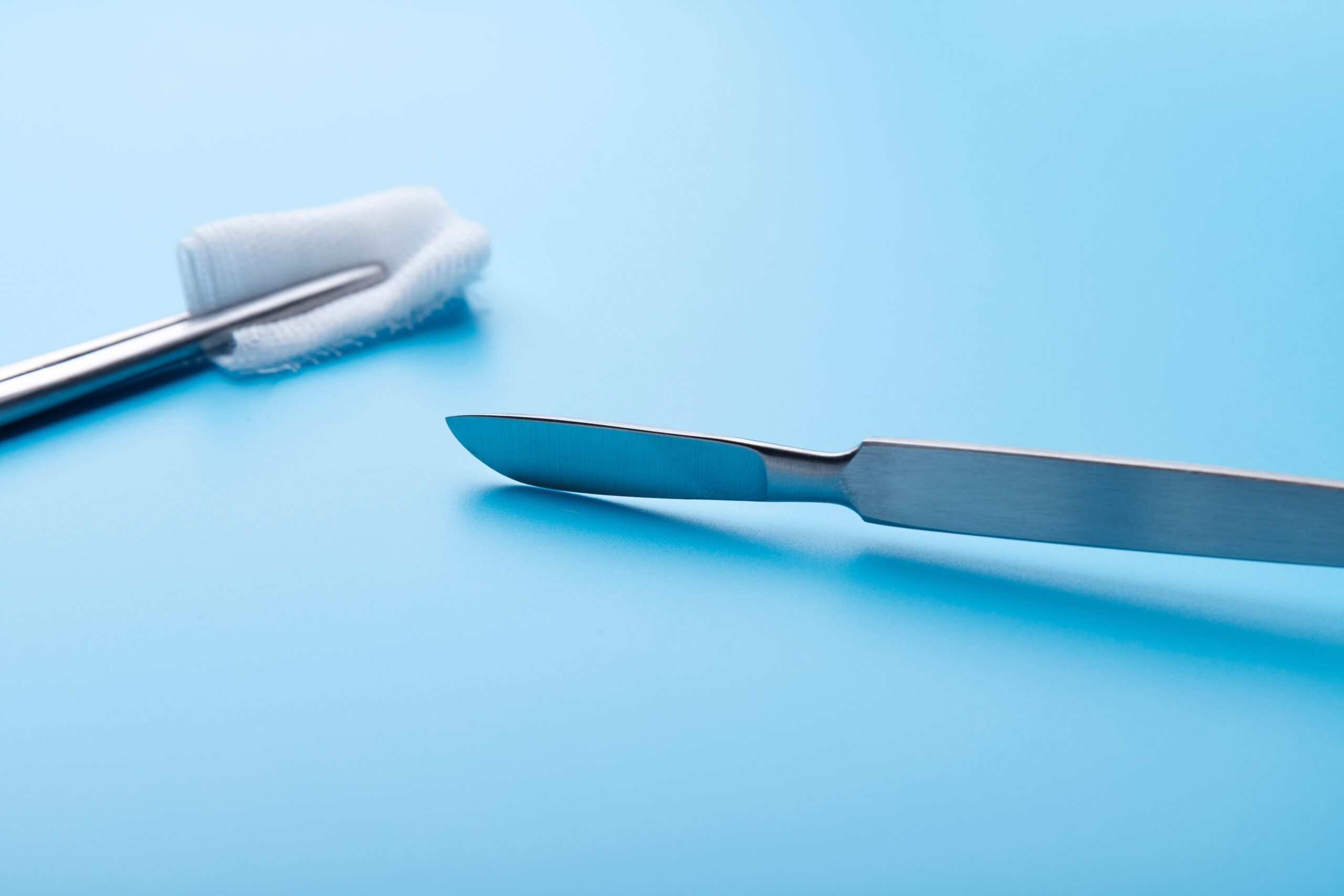Bladeforums: The Ultimate Guide to Knives

This article provides an engaging look at essential topics related to knives. If you want to dive deeper into specific sections or explore new topics, just let me know!
Knives have been vital tools for humanity throughout history, evolving from primitive stone blades to modern engineering marvels. For enthusiasts, collectors, and casual users alike, the world of knives offers fascinating aspects that enrich our appreciation for these tools. This guide explores the different types of knives, materials used in their construction, maintenance techniques, collecting strategies, and insights into the vibrant knife community.
1. Understanding Knife Types
Knives come in various types, each designed for specific tasks. Knowing these categories is crucial for anyone interested in knives.
1.1 Folding Knives
Folding knives rank among the most popular due to their portability and versatility. These knives feature blades that fold into the handle, making them easy to carry in pockets or bags. Here are some common styles:
- Lockback: Utilizes a locking mechanism to secure the blade in an open position, offering a strong and reliable lock—ideal for everyday carry (EDC) knives.
- Frame Lock: Similar to a lockback but uses part of the handle to lock the blade in place. This design allows for a thinner profile and is often favored in tactical and lightweight EDC knives.
- Slip Joint: These knives lack a locking mechanism and rely on spring tension to hold the blade open, making them legal to carry in many jurisdictions.
Folding knives excel at a variety of everyday tasks, from opening packages to outdoor activities, and their compact design makes them easy to carry.
1.2 Fixed Blade Knives
Fixed blade knives shine in strength and reliability. They don’t fold, allowing for a robust design suitable for heavy-duty tasks. Key categories include:
- Survival Knives: Built for outdoor survival, these knives typically feature full-tang construction and may include additional tools like fire starters or saw edges.
- Bowie Knives: Known for their large, curved blades, Bowie knives are both functional and iconic, making them popular for hunting and combat.
- Chef’s Knives: Essential in kitchens, these knives come in various shapes and sizes for tasks like slicing, dicing, and chopping.
Fixed blade knives are generally easier to maintain and sharpen than folding knives, making them a preferred choice for many enthusiasts and outdoor adventurers.
1.3 Specialty Knives
Specialty knives cater to specific tasks or professions and often feature unique characteristics. Notable examples include:
- Tactical Knives: Designed for military and law enforcement, tactical knives often include features like serrated edges, glass breakers, or seatbelt cutters.
- Culinary Knives: These knives come in diverse designs tailored for specific food preparation tasks, from paring to filleting.
- Collectors’ Knives: Often limited editions or custom-made pieces, these knives showcase the artistry and craftsmanship of skilled makers.
1.4 Multi-Tools
Multi-tools pack several tools into a single device, typically including a knife blade, pliers, screwdrivers, and more. They offer practical solutions for outdoor and everyday situations.
2. Knife Materials
The materials used in knife construction significantly impact performance, durability, and aesthetics. Understanding these materials helps you make informed decisions when buying or collecting knives.
2.1 Blade Steel
Blade steel is crucial in determining a knife’s performance. It falls into two main categories: stainless and carbon steel.
- Stainless Steel: Known for its corrosion resistance, this material is ideal for kitchen knives and everyday carry options. Popular stainless steels include:
- 440C: A high-carbon stainless steel that offers good edge retention and rust resistance, commonly used in mid-range knives.
- VG-10: A Japanese stainless steel celebrated for its sharpness and edge retention, often found in high-quality kitchen and folding knives.
- S30V: A premium stainless steel known for excellent wear resistance and edge retention, favored by high-end knife manufacturers.
- Carbon Steel: Renowned for superior edge retention and ease of sharpening, carbon steel requires more maintenance to prevent rust. Notable examples include:
- 1095: A high-carbon steel often used in survival knives for its toughness and ease of sharpening, developing a patina that many users appreciate.
- O1: An oil-hardening tool steel that balances hardness and toughness, popular among custom knife makers.
2.2 Handle Materials
The handle material affects a knife’s grip, durability, and aesthetic appeal. Common options include:
- Wood: Offers a classic look and feel but may require maintenance to prevent moisture damage.
- G10: A high-pressure fiberglass laminate that is durable, lightweight, and moisture-resistant, making it popular for tactical and outdoor knives.
- Micarta: A composite material made from resin-soaked linen, paper, or canvas, known for excellent grip and durability in various weather conditions.
- Titanium: Lightweight and exceptionally strong, titanium is often used in high-end models and tactical knives due to its durability and corrosion resistance.
2.3 Other Materials
Additional components can also influence a knife’s performance:
- Bolsters: Often made from brass, stainless steel, or other materials, bolsters add strength and balance to the knife.
- Liners: Used in folding knives, liners provide structural integrity and can be made from various materials, including aluminum and stainless steel.
- Sheaths: For fixed blades, sheath materials (like leather, Kydex, or nylon) affect protection, ease of carry, and overall usability.
3. Knife Maintenance
Proper maintenance is vital for ensuring your knives perform well and last a lifetime. Here are essential maintenance tips to keep in mind:
3.1 Cleaning
Cleaning your knife after each use prevents corrosion and maintains performance. Here’s how to do it effectively:
- Wash with Warm, Soapy Water: Use a soft cloth or sponge to clean the blade and handle gently, avoiding abrasive materials that can scratch surfaces.
- Dry Immediately: After washing, dry the knife thoroughly to prevent water spots and rust, particularly on carbon steel blades.
3.2 Sharpening
A sharp knife is a safe and efficient knife. Regular sharpening is crucial for edge maintenance. Various methods include:
- Whetstones: Offer precision and control over sharpening angles, preferred by many serious knife enthusiasts for effectiveness and versatility.
- Honing Rods: Useful for realigning the edge between sharpenings, honing rods help keep your blade sharp without removing material.
- Electric Sharpeners: Provide convenience but require careful use to avoid removing too much material. Use these sparingly.
3.3 Storage
Proper storage is vital for maintaining your knife’s condition. Here are effective storage options:
- Knife Blocks: Keep blades protected and organized while providing easy access, available in various designs to suit your space.
- Magnetic Strips: Allow for convenient access and display of your collection, ensuring blades remain visible and easily reachable.
- Sheaths: Ideal for fixed blades, sheaths protect both the blade and your fingers. Ensure that the sheath fits snugly to prevent the knife from shifting.
3.4 Preventing Rust
For carbon steel knives, rust prevention is essential. Here are some tips:
- Oil the Blade: Apply a light coat of mineral oil or food-safe oil to prevent moisture from causing rust.
- Store in a Dry Place: Keep your knife storage area dry and well-ventilated to minimize moisture exposure.
- Use Desiccants: If you live in a humid area, consider using silica gel packets in your storage to absorb excess moisture.
4. Collecting Knives
Knife collecting offers a rewarding hobby that blends passion, knowledge, and investment. Here’s how to embark on your collecting journey.
4.1 Choosing a Focus
Decide what type of knives you want to collect. Popular focuses include:
- Historical Knives: Collect pieces that reflect specific time periods or events; researching their history enhances appreciation.
- Custom Knives: Handmade by skilled artisans, these often feature unique designs and materials. Connecting with makers offers insights into their craftsmanship.
- Brand Collections: Focus on a specific manufacturer known for quality, such as Benchmade, Spyderco, or Buck. Each brand adds unique stories and ethos to your collection.
4.2 Research
Knowledge is key in collecting knives. Research various types, makers, and historical significance. Useful resources include:
- Online Forums: Engage with communities like BladeForums to learn from experienced collectors and enthusiasts, discussing trends, new releases, and historical pieces.
Conclusion
Knives represent more than just tools; they embody craftsmanship, utility, and personal expression. Whether you’re an avid collector, a casual user, or simply fascinated by knives, understanding the various types, maintenance techniques, and collecting aspects enhances your appreciation. As you explore this captivating realm, remember to respect the history and artistry that each knife embodies.
FAQs about BladeForums
1. What is BladeForums?
BladeForums is an online community where knife enthusiasts gather to share their passion. Join lively discussions on knife collecting, manufacturing, maintenance, and more.
2. How do I create an account?
To create an account, head to the BladeForums website and click on the “Register” link. Fill in the required fields and follow the instructions to verify your email address.
3. Is membership free?
Yes, you can join BladeForums for free! While premium membership options offer additional features, the basic membership allows you full access to the community.
4. What topics can I discuss?
Dive into a wide range of topics, including different knife types, popular brands, blade materials, custom knives, sharpening techniques, and safety regulations.
5. Can I buy or sell knives?
Absolutely! BladeForums features a marketplace section where you can buy, sell, or trade knives and accessories. Just remember to follow the marketplace rules for smooth transactions.
6. How do I report inappropriate content?
If you encounter inappropriate posts or behavior, click the “Report” button next to the post. This action alerts the moderators, who will investigate the issue.
7. What are the posting rules?
As a member, you need to adhere to community guidelines. Show respect to others, avoid spam, and refrain from posting offensive content.
8. Can I post photos of my knives?
Yes! We encourage you to share photos of your knives and collections. Just ensure that your images meet the forum’s posting guidelines.
9. How can I learn about knife laws?
Explore discussions on knife laws within BladeForums, but make sure to verify your local regulations for the most accurate and current information.
10. How can I improve my experience on BladeForums?
Engage actively! Participate in discussions, ask questions, and share your expertise. Follow threads that interest you and connect with like-minded members.
11. Is BladeForums accessible on mobile devices?
Yes, BladeForums is mobile-friendly. Access it easily through a web browser on your smartphone or tablet.
12. How do I contact the moderators?
You can reach out to moderators via private messaging on the forum or use the contact form available on the BladeForums website for specific inquiries.
for more articles follow the businesscrux.org













Post Comment